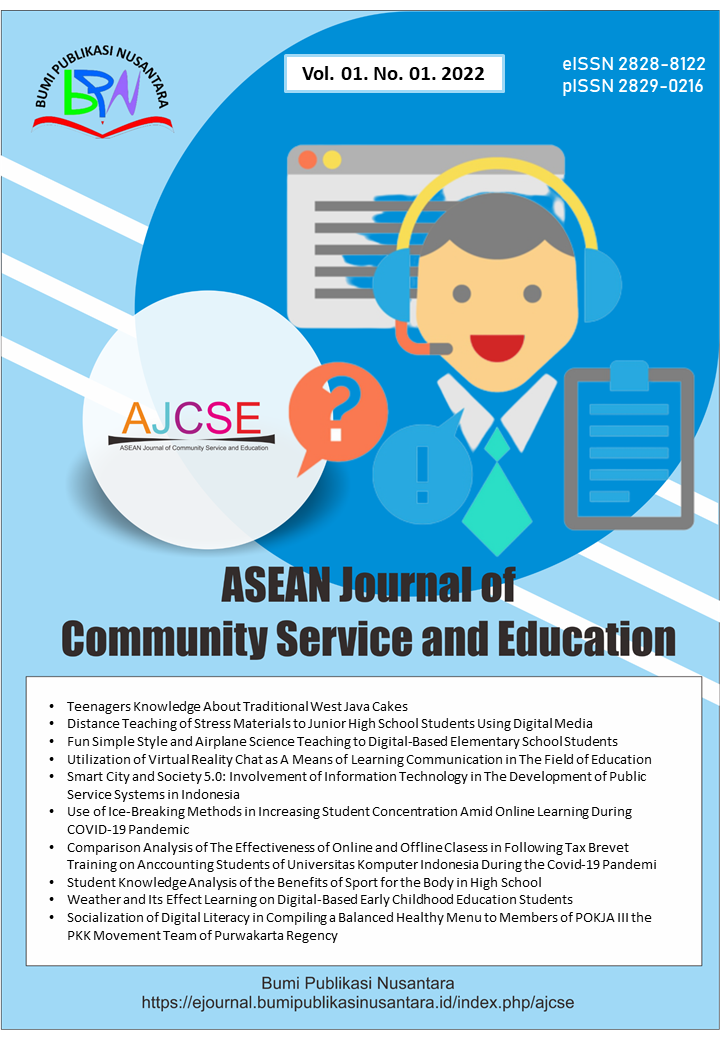Decoding the Metaphor of Humor: Understanding Why Filipino Cybernauts Cannot Stop Clicking on Internet Memes
 ), Ashley A. Etrata(2), Kendra Clarisse I. Gonzales(3), Megan B. Lipura(4), Hassanal P. Abusam(5),
), Ashley A. Etrata(2), Kendra Clarisse I. Gonzales(3), Megan B. Lipura(4), Hassanal P. Abusam(5),
(1) Sultan Kudarat State University
(2) Sultan Kudarat State University
(3) Sultan Kudarat State University
(4) Sultan Kudarat State University
(5) Sultan Kudarat State University
 Corresponding Author
Corresponding Author
Abstract
Keywords
References
Bernarte, R. P., Bristol, N., Caro, J. A., and Mangaliman, C. (2016). The digital media consumption, dependency and its self-perceived effects on familial and peer interpersonal relationships of the Filipino youth. Asia Pacific Journal of Multidisciplinary Research, 4(1), 91-98.
Blackmore, S., Dugatkin, L. A., Boyd, R., Richerson, P. J., and Plotkin, H. (2000). The power of memes. Scientific american, 283(4), 64-73.
Du, Y., Masood, M. A., and Joseph, K. (2020, May). Understanding visual memes: An empirical analysis of text superimposed on memes shared on twitter. Proceedings of the International AAAI Conference on Web and Social Media, 14, 153-164.
Knobel, M. (2006). Memes and affinity spaces: Some implications for policy and digital divides in education. E-Learning and Digital Media, 3(3), 411-427.
Kostadinovska-Stojchevska, B., and Shalevska, E. (2018). Internet memes and their socio-linguistic features. European Journal of Literature, Language and Linguistics Studies, 2(4), 158-169.
Article Metrics
Abstract View : 2650 times
: 2650 times Download : 2130 times
Download : 2130 times
Refbacks
- There are currently no refbacks.
Copyright (c) 2022 Bumi Publikasi Nusantara

This work is licensed under a Creative Commons Attribution-ShareAlike 4.0 International License.







